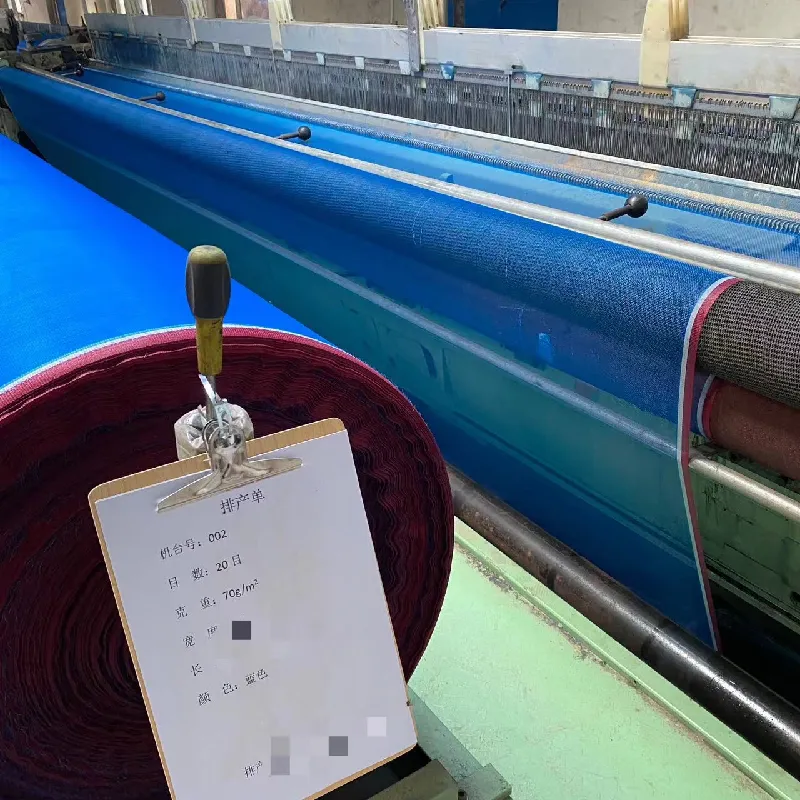Innovative Applications and Benefits of Steel Wire Cloth in Modern Industrial Settings
Understanding Steel Wire Cloth Applications, Benefits, and Characteristics
Steel wire cloth, also known as wire mesh or wire fabric, is an essential material in various industries due to its strength, durability, and versatility. Composed of interwoven steel wires, this fabric comes in various mesh sizes, wire diameters, and materials, making it suitable for a wider range of applications. This article will explore the characteristics, uses, advantages, and manufacturing processes of steel wire cloth.
Characteristics of Steel Wire Cloth
One of the most significant attributes of steel wire cloth is its strength. Made from high-quality steel, including stainless steel and carbon steel, it can withstand substantial loads, stresses, and abrasive conditions. This strength is complemented by its flexibility; it can be fabricated into different shapes and sizes, which allows for customization based on specific project requirements.
Steel wire cloth is also resistant to rust and corrosion, especially when made from stainless steel. This characteristic makes it ideal for use in harsh environments, including chemical processing and marine applications. Additionally, steel wire cloth maintains its structural integrity under high temperatures, which is crucial for applications involving thermal processing.
Applications of Steel Wire Cloth
The applications of steel wire cloth are diverse, spanning multiple industries. In construction and architecture, it is utilized for safety and filtration purposes, such as in windows, screens, and as reinforcement in concrete structures. The agricultural sector employs wire cloth for fencing, soil sifting, and grain storage, ensuring plants and crops are adequately protected.
In the food and beverage industry, steel wire cloth serves as a critical component in processing and packaging. It is commonly used for sieving and filtering during food processing, ensuring that products meet stringent quality standards. Furthermore, in the mining and mineral processing sector, wire cloth is essential for both the separation of materials and as a protective barrier against large debris.
steel wire cloth

Benefits of Steel Wire Cloth
The benefits of using steel wire cloth are manifold. Its strength-to-weight ratio is particularly impressive; it is both lightweight and robust, making it easy to handle and install while providing excellent durability. This characteristic translates into cost savings, as structures and products made from steel wire cloth often require less maintenance and have a longer lifespan.
Another significant advantage is its adaptability. Steel wire cloth can be manufactured in different weaving patterns, such as plain weave, twill weave, and dutch weave, each offering unique properties suitable for specific applications. The mesh openings can be tailored to suit various filtration requirements, ranging from coarse filtration in mining to fine filtration in food production.
Manufacturing Process
The manufacturing of steel wire cloth involves several steps, including wire drawing, weaving, and finishing. Initially, steel rods are drawn into wires of desired gauges and diameters. These wires can then be woven together using various methods to create the desired mesh pattern. Once woven, the cloth undergoes finishing processes such as galvanizing or powder coating to enhance resistance to corrosion and ensure long-lasting performance.
Conclusion
Steel wire cloth is a vital material recognized for its strength, versatility, and numerous applications across different sectors. From construction to food processing, the benefits it offers, such as durability, adaptability, and cost-effectiveness, underline its importance in modern manufacturing and industry. As technology continues to advance, the development of innovative steel wire cloth products will likely expand its role in various applications, ensuring it remains a staple material for years to come.
-
The Versatility of Stainless Steel Wire MeshNewsNov.01,2024
-
The Role and Types of Sun Shade SolutionsNewsNov.01,2024
-
Safeguard Your Space with Effective Bird Protection SolutionsNewsNov.01,2024
-
Protect Your Garden with Innovative Insect-Proof SolutionsNewsNov.01,2024
-
Innovative Solutions for Construction NeedsNewsNov.01,2024
-
Effective Bird Control Solutions for Every NeedNewsNov.01,2024












